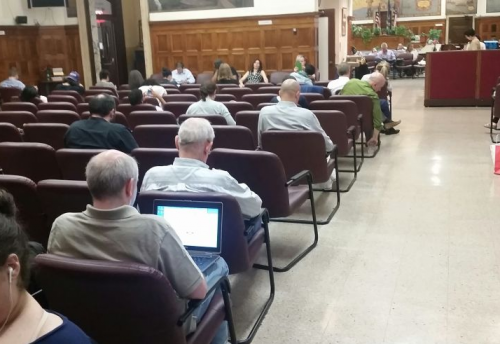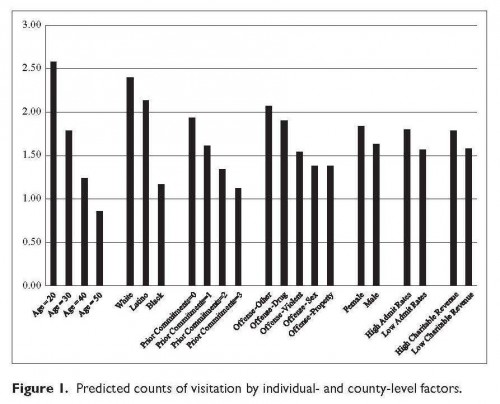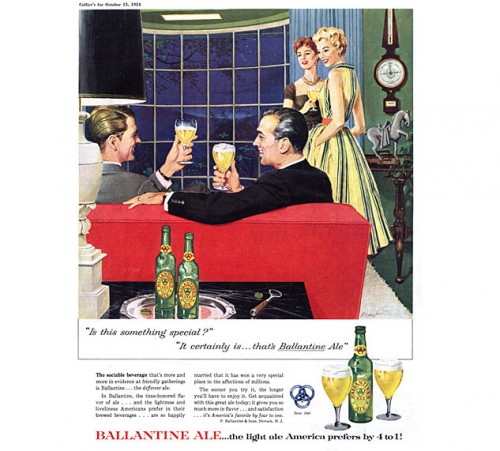 Originally posted at Montclair Socioblog.
Originally posted at Montclair Socioblog.
A girl takes a selfie, posts it to Instagram, and waits. She doesn’t have to wait long – a minute or two – before the likes and comments start rolling in. “Gorgeous,” “So pretty OMG,” “Stunning,” “Cutest.”
.
You can see why people might look at this and think: narcissism. You can see why they might think that new technologies – Instagram, cell phones (self-phones?) – have made kids today the most narcissistic generation in history. In an earlier post, I expressed my skepticism about that claim. And, if we can generalize from an episode of This American Life last November, the selfie-Instagram-comments syndrome is not about narcissism – seeing yourself as standing shiningly above everyone else. It’s about fitting in – reading the social map, finding where you stand, and maybe changing that place.
Here is a slightly edited-down excerpt of the first part of the show. As Ira Glass says, if you have teenage girls in your life, you’re probably familiar with this. I don’t and I’m not, so I found it fascinating listening. (When the girls were reading their comments, I thought one of the girls, Jane, was saying “Hard eyes,” and I couldn’t imagine why that was a compliment. Turns out, she was saying “Heart eyes.”) Here’s Ira Glass’s distillation:
They want comments from other girls. This is not about sex. It’s not about boys. It’s about girls, and friendship. And it’s very repetitive – the same phrases, over and over.
All these moves – the posting, the commenting and liking – have a meaning that girls know intuitively but that must be decoded for outsiders like me and Ira.
.
Transcript:
Ira Glass: These comments are a very specific language that tells the girls all kinds of things. And a lot of the meaning in the comments has nothing to do with the actual words. . . It’s about who is doing the commenting . . . Liking a photo means something totally different from commenting. You comment with someone you’re close to or someone you want to get close to.
Ella: It’s definitely a social obligation, because you want to let them know, and also let people who are seeing those, that I have a close relationship with this person, so close that I can comment on their pictures, like, this is so cute, or, you look so great here.
Jane: Especially because we, like, just started high school, so we’re meeting a lot of new people. So you would comment on someone’s photo who you’re not really super close with or that you don’t know really well. And it’s sort of a statement, like, I want to be friends with you, or I want to get to know you, or like, I think you’re cool.
If someone that you don’t know very well commented on your photo, you – it’s sort of like an unspoken agreement that you have to comment back on their photo. Like when you’re making new friends, if they comment on your photo, you comment on their photo.
It’s hard to find narcissism or vanity in any of this. The girls are not preening, not basking in their triumphs, not nursing an ego wounded from some social slight. They are reading a constantly changing sociogram or network model of their world.
.
Transcript:
Ira Glass: They’re only three months into high school, so there is a lot at stake right now.
Julia: One of my, like, best friends posts a selfie. Maybe this isn’t, like, healthy. But I might go through the comments and see who she’s, like, really good friends with, just ’cause we’re in high school and there’’s that sense of jealousy between everyone.
Ira Glass: Do you have people who you’re jealous of?
Jane: Yeah.
Julia: Yeah. I definitely would. I go through, like, the comments that people see– like that people say, and like, I see what other people have said to other people.
Jane: Yeah.
Julia: Just to see, like, the whole– like, the whole social like map.
Jane: Looking, mapping out your social world, seeing who’s with who, who’s hanging out with who, who is best friends with who.
Julia: If you didn’t have it, like, I feel like I’d be missing so much. And it would just –
Jane: Because you wouldn’t see what other people were saying. A lot goes on.
Ira Glass: Well, no, that’s, I feel like, the thing that I’m understanding from this conversation, is like – it’s actually like, you’re getting a picture of your entire social world and who’s up and who’s down and who’s close to who, and it’s like you’re getting a diagram of where everybody stands with everybody else.
Jane: Yeah.
Ella: Yeah.
Jane: Definitely. Definitely.
Ira Glass: As it changes in real time, every day, every 10 minutes.
Ella: Yeah.
Jane: Yeah. Everyone can see it.
Julia: It’s crazy.
If you look at the individual –a girl posting a selfie and reading the laudatory comments – you see a personality trait, narcissism. But the behavior that looks like narcissism is really an aspect of the social structure (girls’ friendships networks) and the institution those networks are embedded in (school).
Jay Livingston is the chair of the Sociology Department at Montclair State University. You can follow him at Montclair SocioBlog or on Twitter.







